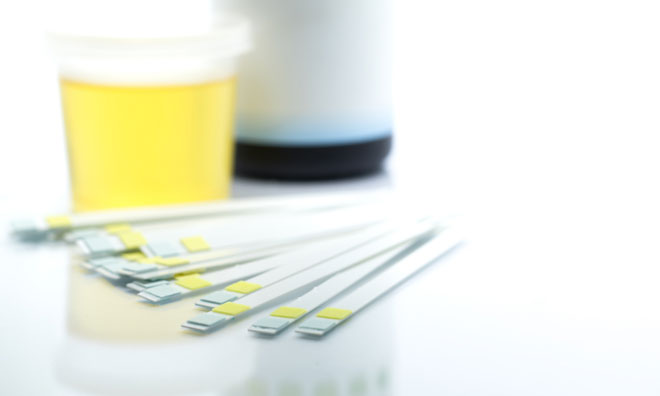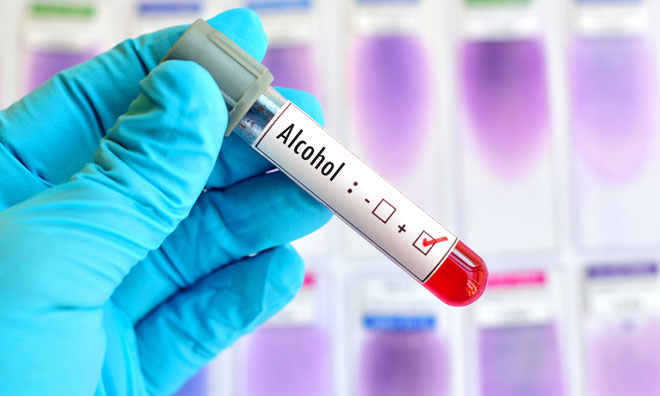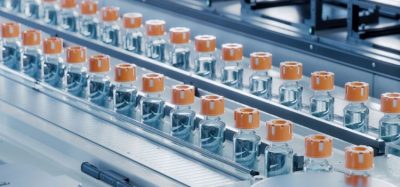Drug and alcohol testing: An expanding market
Posted: 10 July 2017 | Barry Sheehan | Associate Director at Livingstone | No comments yet
The demand for drug and alcohol testing in the UK is at an all-time high and the market is growing rapidly, says Livingstone’s Barry Sheehan…


Drug and alcohol misuse is a highly complex issue with widespread social and financial implications. The UK is dubbed the ‘addiction capital of Europe’ with alcohol and drug-related problems costing society over £36 billion a year, the majority of which are health, crime and social care related.
In order to successfully prevent, the Government must first be in a position to identify and detect the underlying problems of substance misuse. Straightforward medical assessments for addiction, including drug and alcohol screening tests using urine, saliva, blood and hair samples, are now common practice. Used by members of the public, the legal profession, local authorities and employers – and with the support of the Courts – the demand for drug and alcohol testing in the UK is at an all-time high and growing rapidly.
Detection & Demand
Drug and alcohol testing methods have evolved over recent years, and results have become more accurate and reliable, in turn driving demand. A combination of awareness of the benefits of testing, ever-improving accuracy and boosts in technological advancements have created a UK testing market worth an estimated £167 million. This figure is expected to rise to £231 million by 2019 due to significant and growing demand from sectors requesting testing, including family law, workplace and law enforcement. Within the UK, testing is largely relied upon as evidence within child protection cases, whilst workplace drug and alcohol testing is an area of high growth and exciting potential.
As a result, the global testing market is currently worth an estimated £3.8 billion, with over 60% residing in North America. The Asian market is also expected to grow exponentially, mainly due to the rise in alcohol consumption and strict government rules and regulations on drug and alcohol assessment in the region. With demand growing, attention is now focussed on supply – the testing providers.
Supply
The drug and alcohol testing landscape is highly competitive and fragmented, with only a few key players dominating market share. This is partially due to factors such as accreditation requirements; quality standards; scarcity of trained laboratory and reporting scientists; risk of reputation; and capital investment all acting as high barriers to market entry.


As a result, new market entrants are in short supply and there is a significant opportunity for market consolidation, particularly for those looking to enter the market, grow market share, diversify their service offering or enhance the quality, performance and portfolio of products.
Outlook for M&A
To date, expansion and merger activity in the UK drug and alcohol assessment market has been limited. The last transaction of key significance was in 2009 with the acquisition of initial industry consolidator Concateno by Alere for £149m, representing 11.9x historic earnings before interest, tax, depreciation and amortisation.
In stark comparison, trends show M&A has been running at record levels across the global healthcare sector as investors pressure companies to increase growth and efficiency while budget-constrained health systems around the world try to keep prices down.
In a market primed for consolidation with attractive growth prospects, increasing demand and limited supply, there is a compelling rationale for both strategic acquirers and Private Equity investors to further explore the M&A and expansion prospects in the drug and alcohol testing sector.









